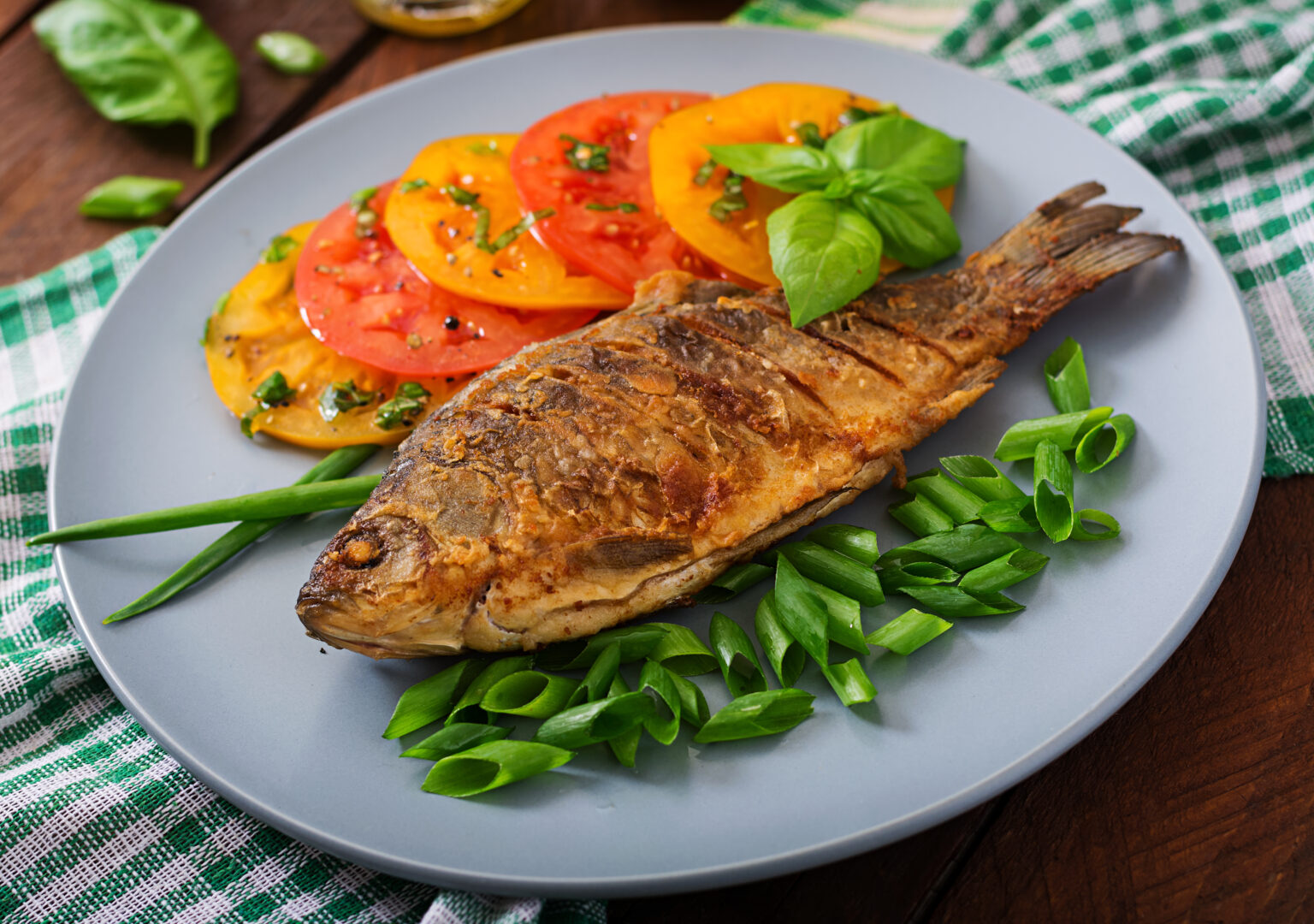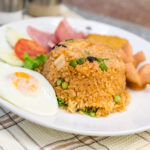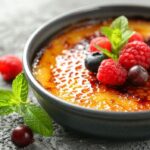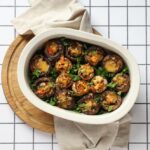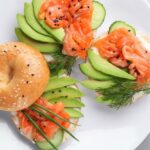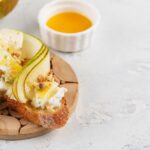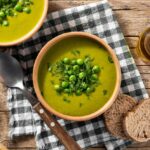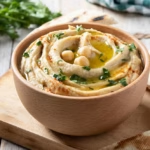When it comes to culinary delights, Zambia offers a rich tapestry of flavors and traditional dishes. The country’s cuisine is a fusion of indigenous ingredients and influences from neighboring countries. From hearty stews to mouthwatering street food, Zambia boasts an array of dishes that reflect its cultural diversity. In this article, we will explore the top 10 most eaten foods in Zambia, highlighting their key ingredients, preparation methods, and significance in Zambian cuisine.
- Nshima: Nshima is Zambia’s staple food and a fundamental part of the Zambian diet. Made from maize meal (cornmeal) cooked with water to form a thick porridge-like consistency, it is usually eaten with the hands. Nshima is commonly served with various relishes such as vegetables, meat, or fish.
- Ifisashi: Ifisashi is a popular vegetarian dish in Zambia. It consists of greens, particularly pumpkin leaves or kale, cooked with groundnuts (peanuts), tomatoes, and onions. This savory dish is often enjoyed with nshima.
- Chikanda: Chikanda, also known as African polony or African sausage, is a unique Zambian delicacy made from ground orchid tubers and peanuts. These ingredients are combined with spices and then shaped into small balls before being cooked. Chikanda is loved for its nutty flavor and is often enjoyed as a snack.
- Kapenta: Kapenta is a small freshwater fish found in Zambia’s lakes and rivers. It is widely consumed and forms a significant part of the Zambian diet. Kapenta is usually dried or salted before being cooked. It is often fried or added to stews, providing a rich and distinctive taste.
- Chibwantu: Chibwantu is a traditional Zambian dish made from dried and pounded baobab fruit. The fruit pulp is mixed with water, sugar, and sometimes milk to create a refreshing drink. Chibwantu is highly nutritious and is believed to have various health benefits.
- Zambezi bream: Zambezi bream, a type of freshwater fish, is a prized delicacy in Zambia. It is often grilled or fried and served with nshima. The bream’s delicate flavor and tender flesh make it a popular choice among locals and visitors alike.
- Munkoyo: Munkoyo is a traditional Zambian beverage made from the roots of the munkoyo tree. The roots are soaked in water, fermented, and then sweetened with sugar or honey. Munkoyo is a tangy, slightly carbonated drink that is enjoyed both for its taste and its supposed health benefits.
- Vinkubala: Vinkubala, also known as caterpillars, are a common snack in Zambia. These edible caterpillars are collected from trees, dried, and then cooked. Vinkubala are often seasoned with spices and fried until crispy. They are crunchy and packed with protein, making them a favorite snack, especially in rural areas.
- Mieliepap: Mieliepap is a traditional cornmeal porridge similar to nshima but with a slightly different consistency. It is typically enjoyed as a breakfast dish, often served with milk, sugar, or honey. Mieliepap is a comforting and filling meal that provides sustained energy throughout the day.
- Samosas: Samosas, although not originally from Zambia, have become immensely popular across the country. These savory pastries are filled with various ingredients such as minced meat, vegetables, or lentils. Samosas are commonly found as street food and are enjoyed as a quick and flavorful snack.
Zambia’s culinary landscape is vibrant and diverse, showcasing an array of flavors and ingredients. From the ubiquitous nshima to the unique flavors of chikanda and vinkubala, the top 10 most eaten foods in Zambia offer a glimpse into the country’s rich food culture. Whether you are a visitor or a local, exploring these traditional dishes is a delightful way to immerse yourself in the flavors and traditions of Zambia.
